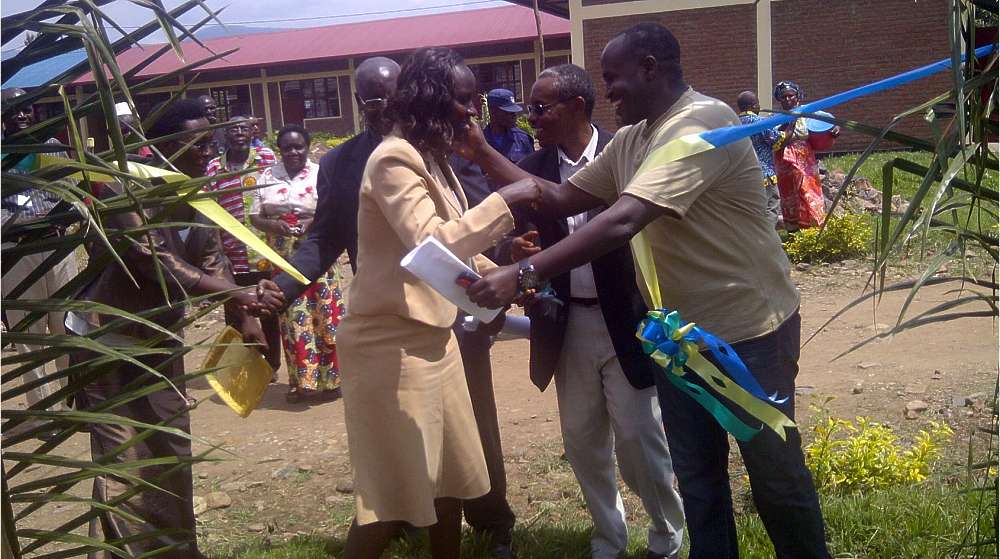|
Africa | East Africa Economy - Development | Science - Education | Society East Africa a new population heavyweight
New data by the UN population fund UNFPA presented in London today reveal a major global population shift, where the Eastern African region is emerging as one of the world's largest blocks in the coming decades.
The UNFPA data also show that there is a major population shift between African states. Nigeria is today (158 million) Africa's most populated country, and will remain so in 2050 (289 million). Ethiopia however will take over the second place from Egypt within one or two years and reaches a population of 174 million by 2050, according to UNFPA estimates. Congo Kinshasa (DRC) will make a leap on the list during the next decades. The vast and sparsely populated country now has a population of 68 million, which is projected to grow to 148 million by 2050, making the DRC the third most populated country in Africa. The strongest population growth, world-wide, is however projected for Niger, currently at an annual rate of 3.9 percent. The impoverished and drought-prone Sahelian country is estimated to see its population increase from the current 16 million to 58 million in 2050, probably creating massive environmental and social problems. The most massive population shift, however, is encountered in the East Africa region, with the block growing in population importance at large. Uganda will see the strongest growth - currently 3.3 percent annually - and will surpass Kenya's population in the 2030s and reach 91 million in 2050. Tanzania will get Africa's fifth largest population, totalling 110 million, by 2050, according to UNFPA data. For East Africa, the massive projected population growth will mean both challenges and opportunities. With the establishment of a common market through the East African Community (EAC), the block may develop into a major world player during the next decades if the region's fast economic growth is maintained. A block of 711 million consumers in 2050 can not be ignored - if the population majority is lifted out of poverty. But the enormous growth will also make social development difficult. Economic growth rates of at least 2.6 percent each and every year will be necessary only to maintain status quo. Only the additional growth can be used to reduce poverty. Food security in the region will depend on a "green revolution" or ever-increasing food imports, and the pressure on the environment will be immense. Current trends however indicate that East Africa is able to combine a rapidly growing population with economic growth and poverty reduction. An optimistic view is therefore possible. By staff writer © afrol News - Create an e-mail alert for Africa news - Create an e-mail alert for East Africa news - Create an e-mail alert for Economy - Development news - Create an e-mail alert for Science - Education news - Create an e-mail alert for Society news
On the Afrol News front page now
|
front page
| news
| countries
| archive
| currencies
| news alerts login
| about afrol News
| contact
| advertise
| español
©
afrol News.
Reproducing or buying afrol News' articles.
You can contact us at mail@afrol.com









